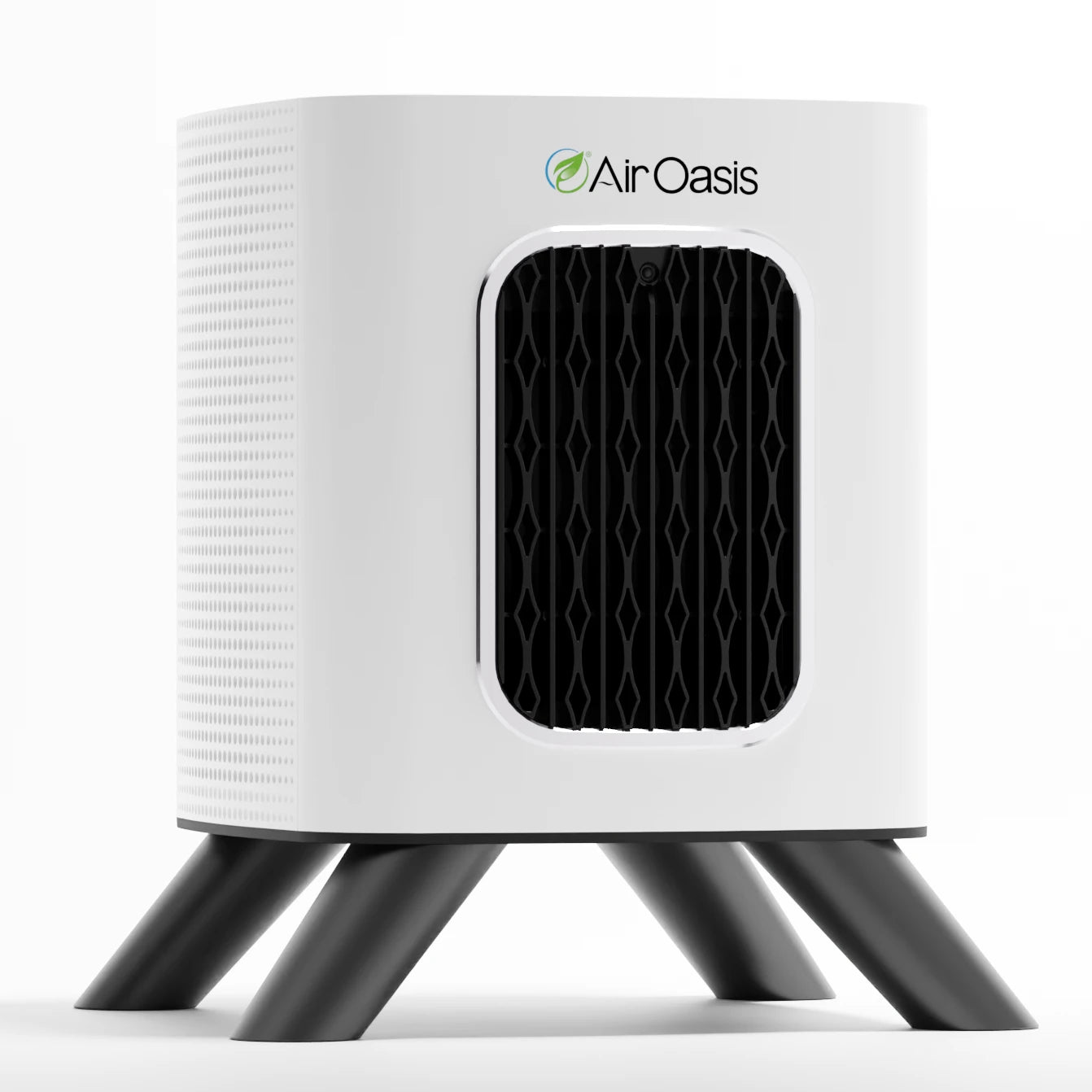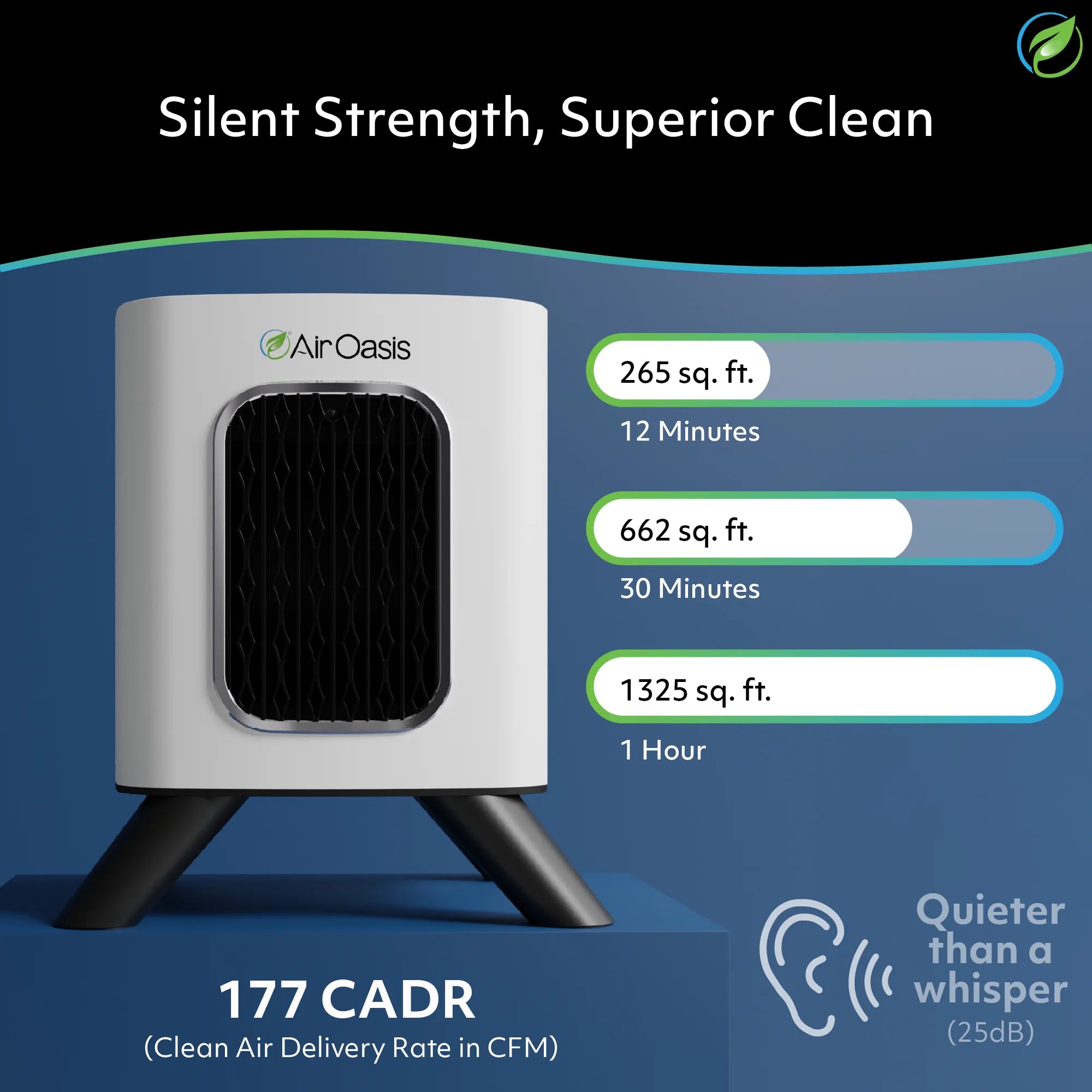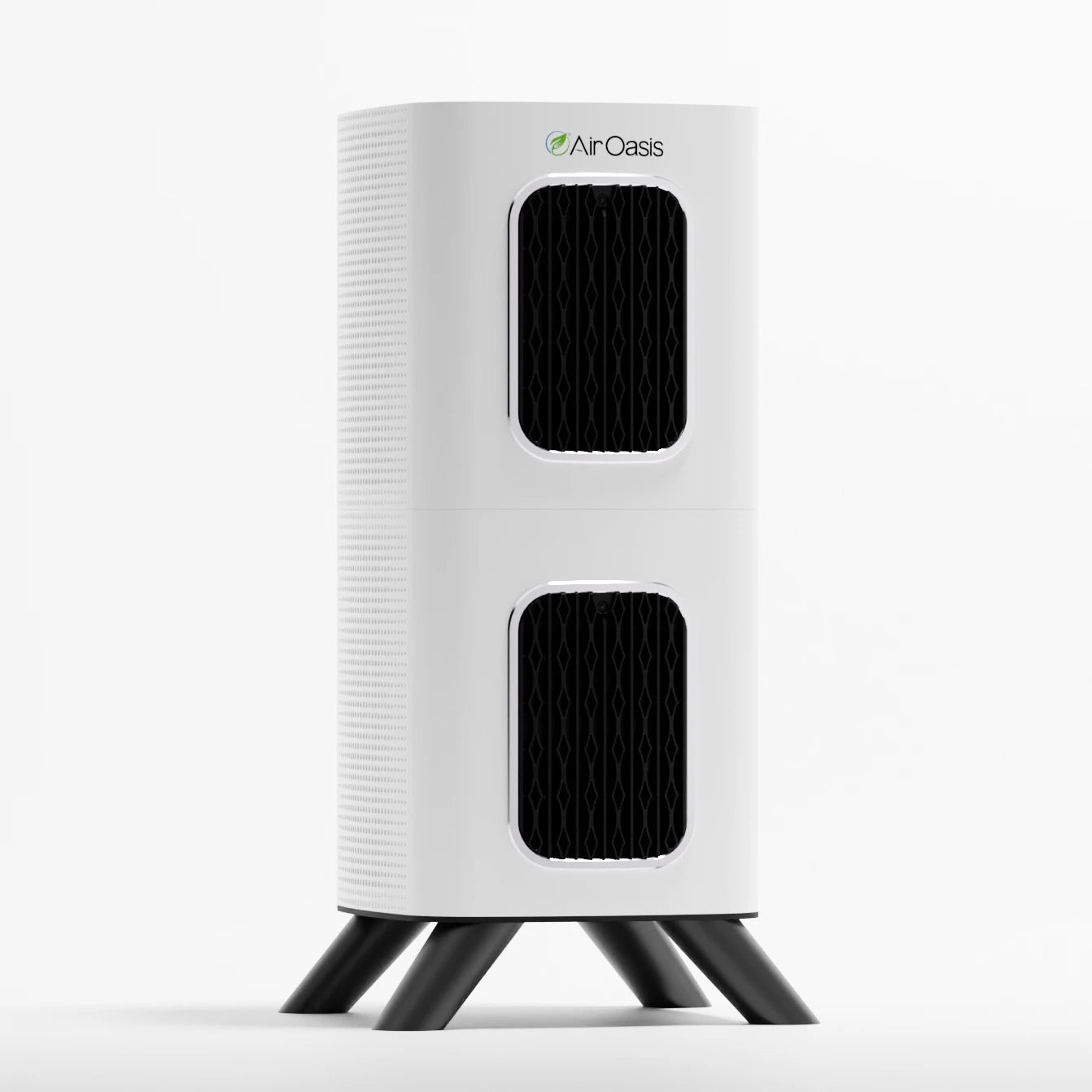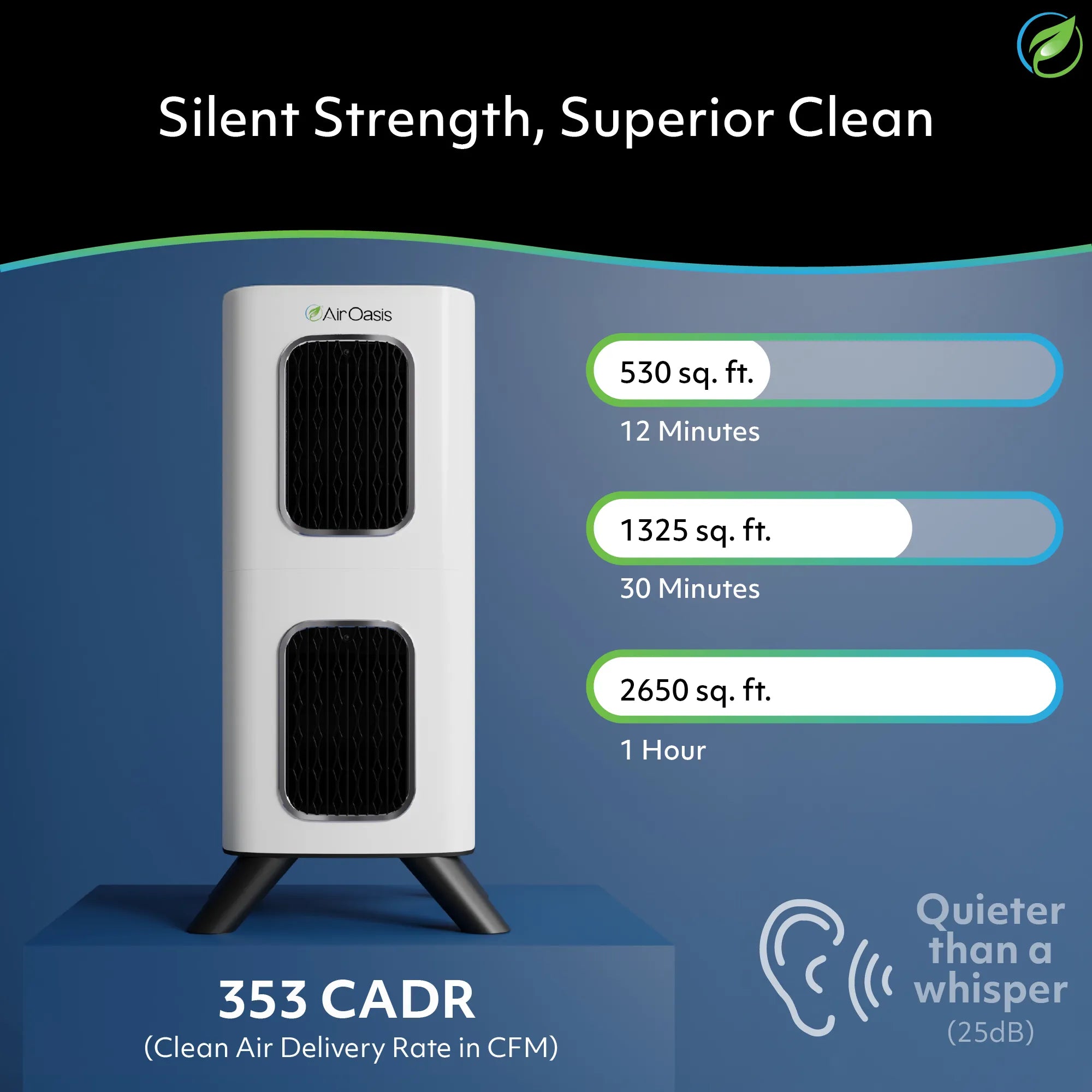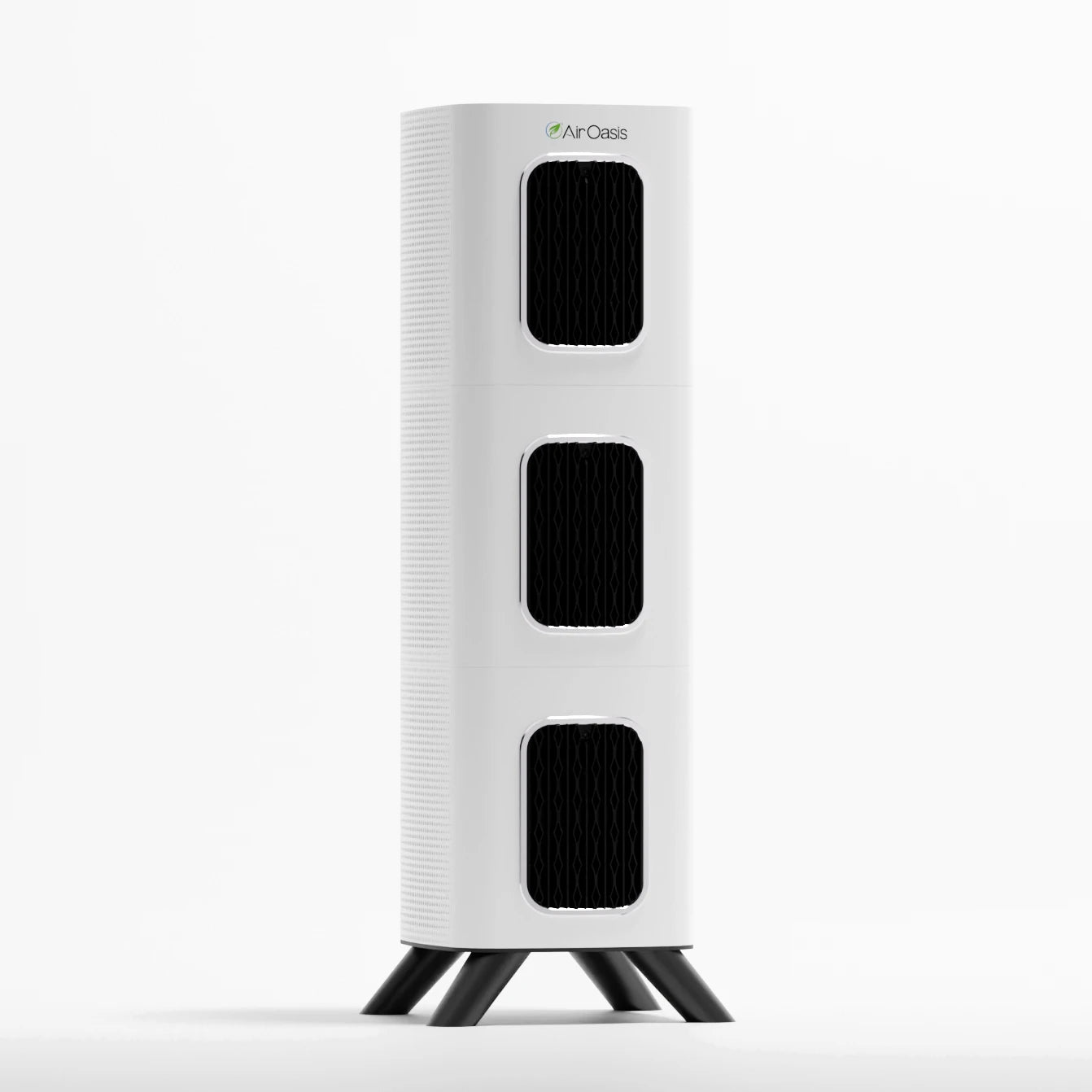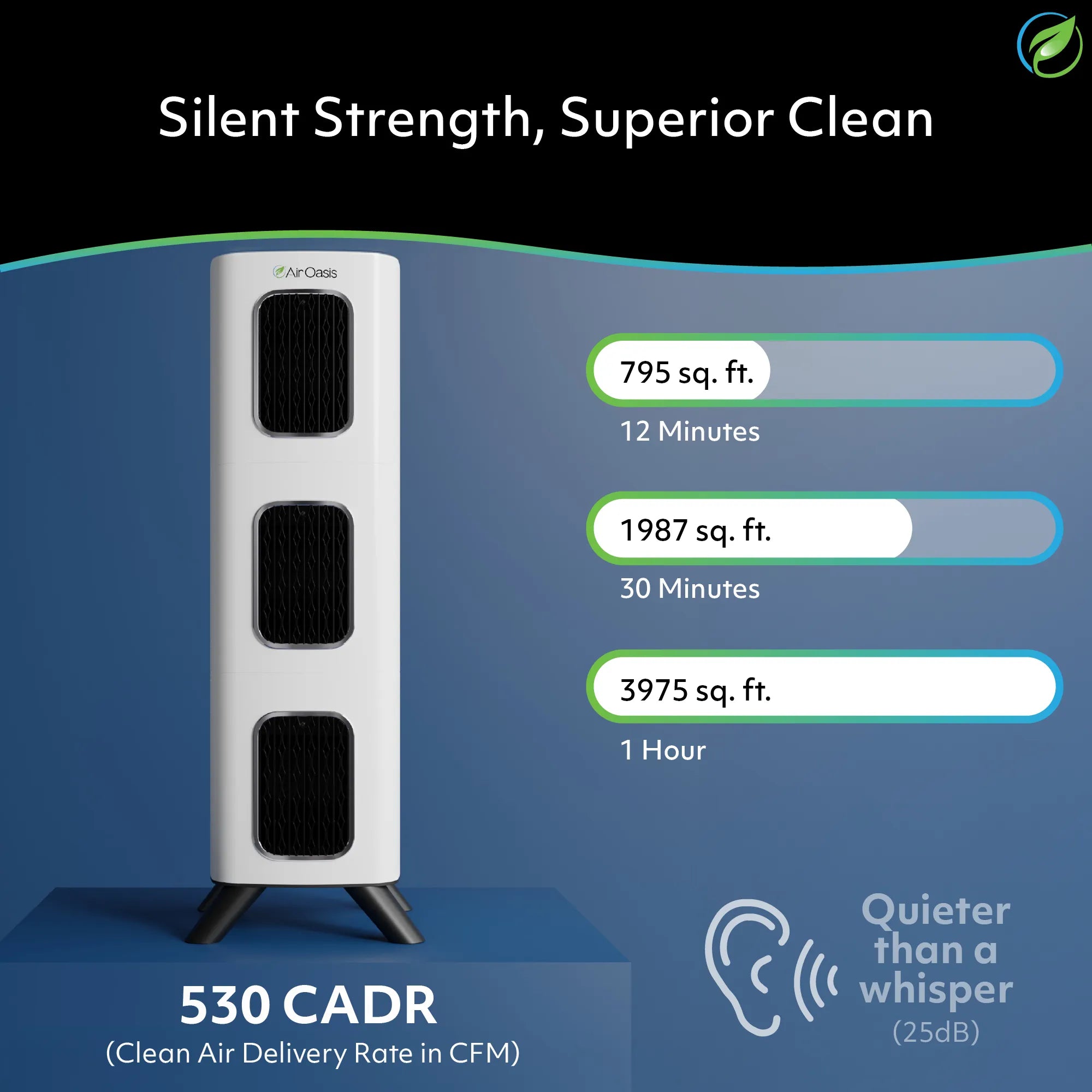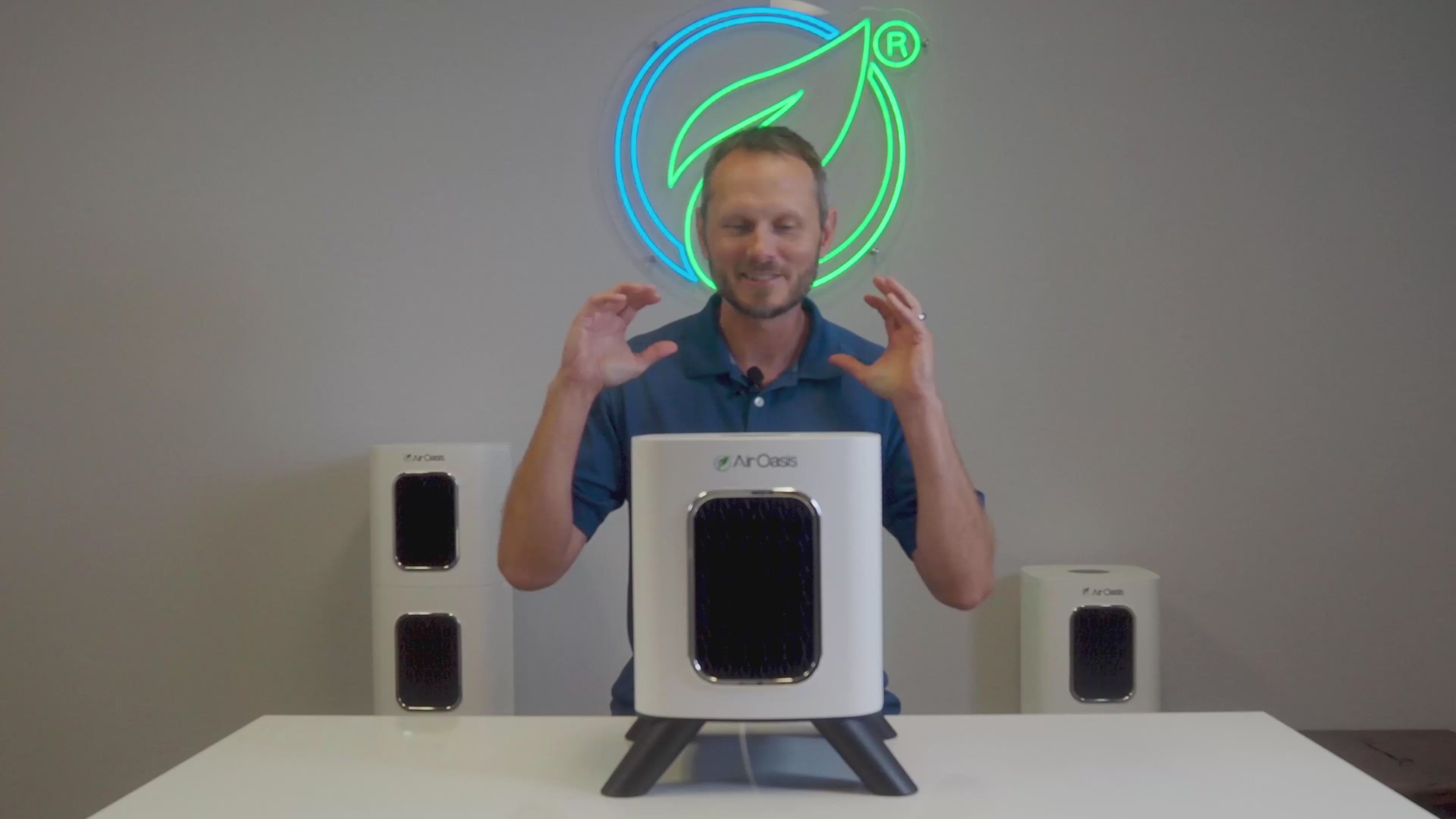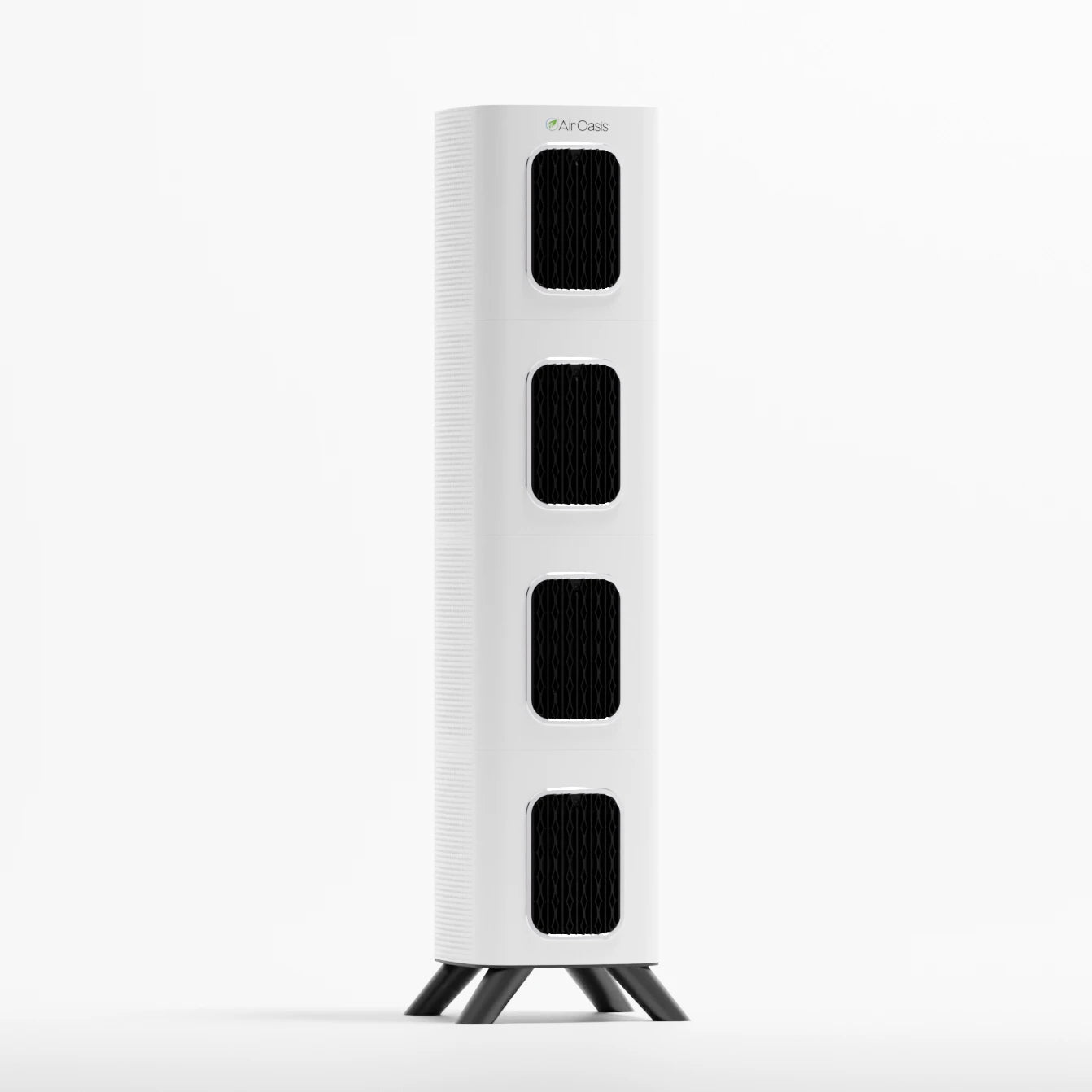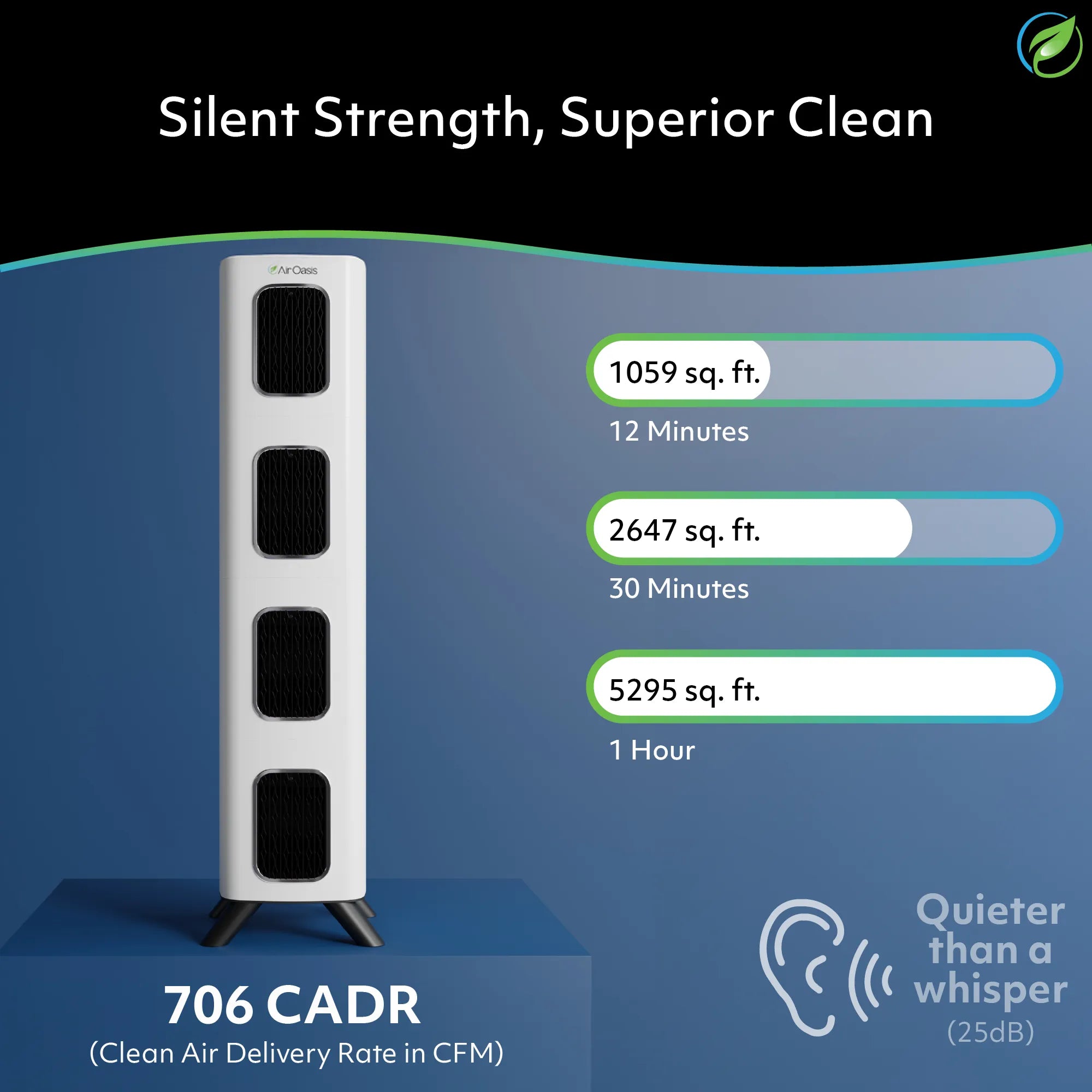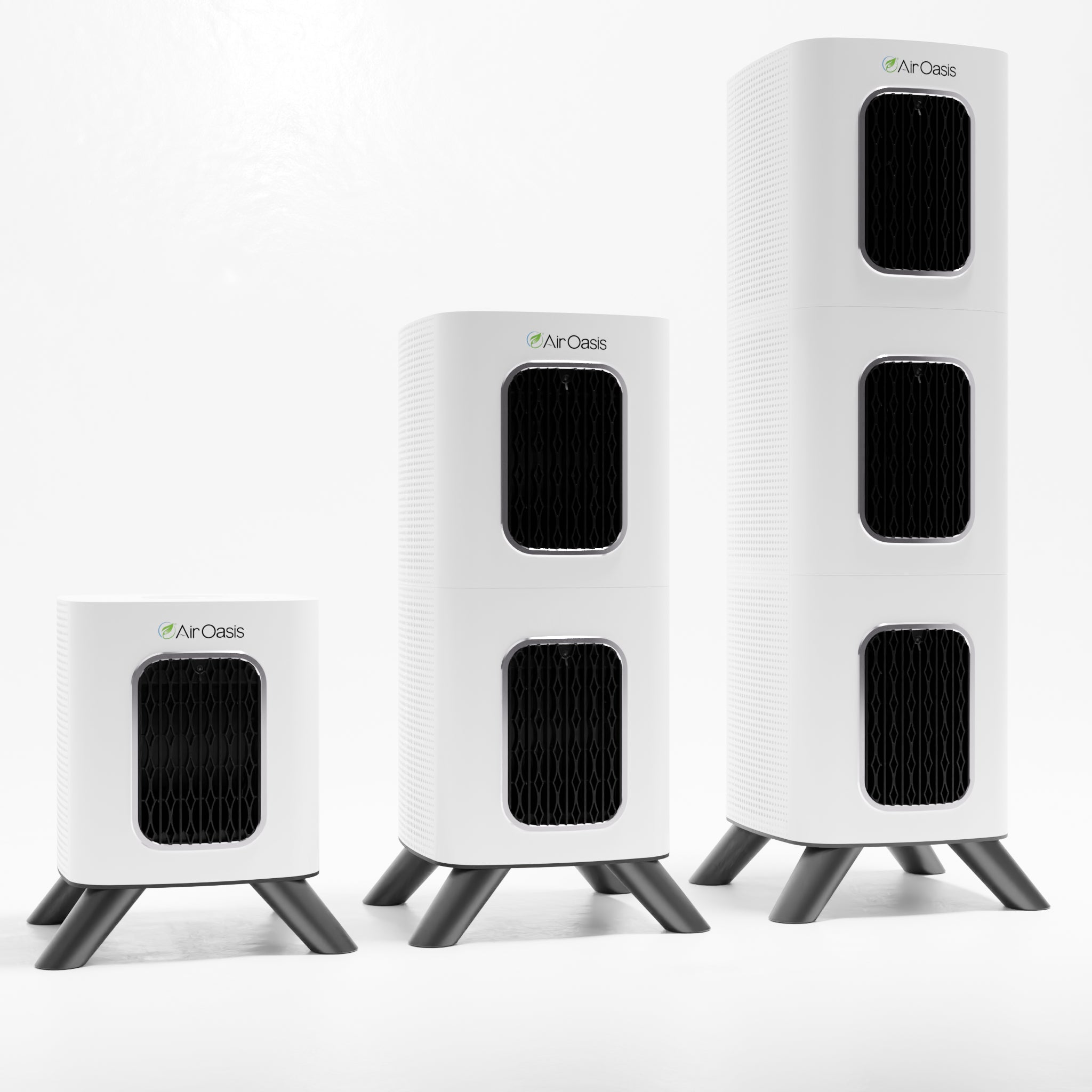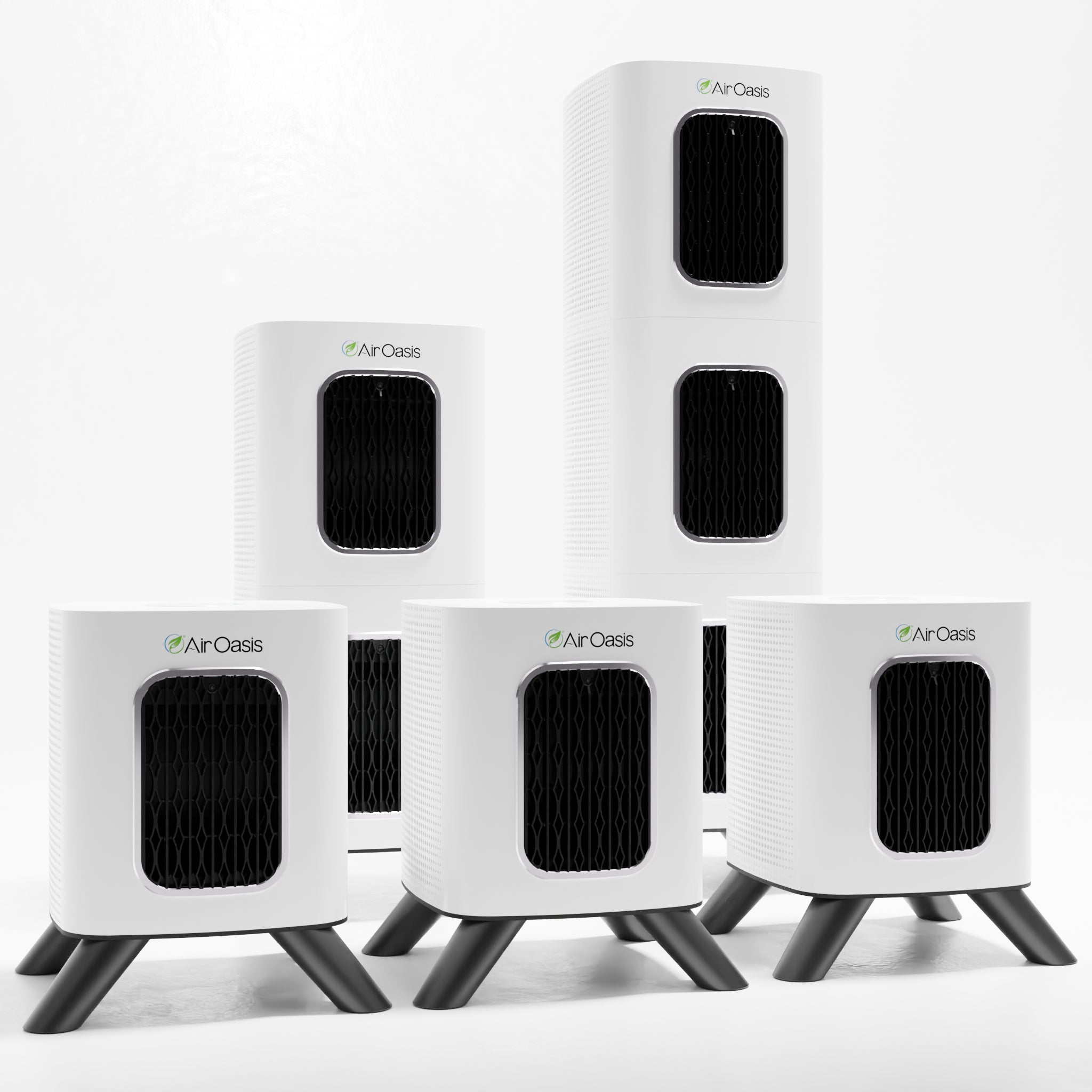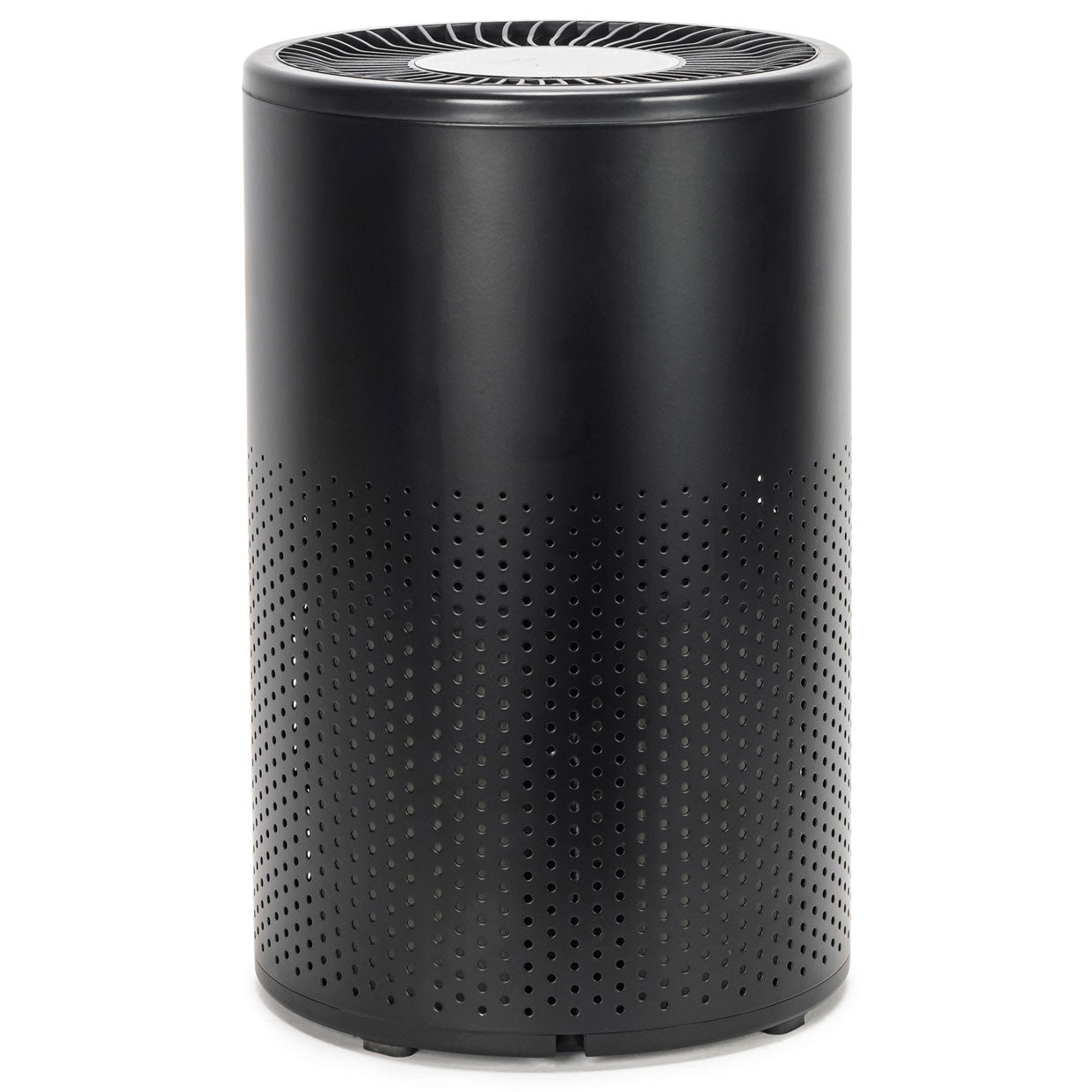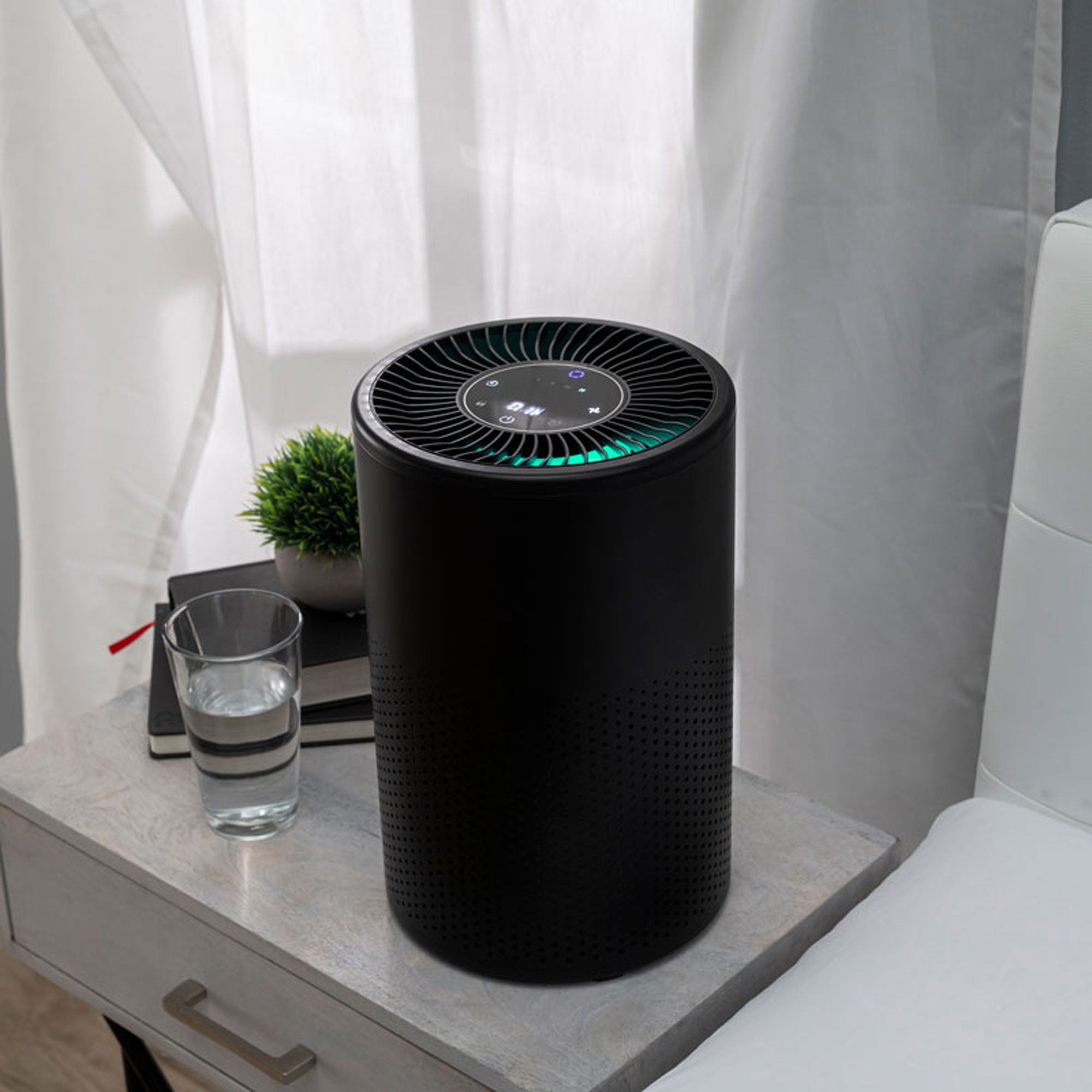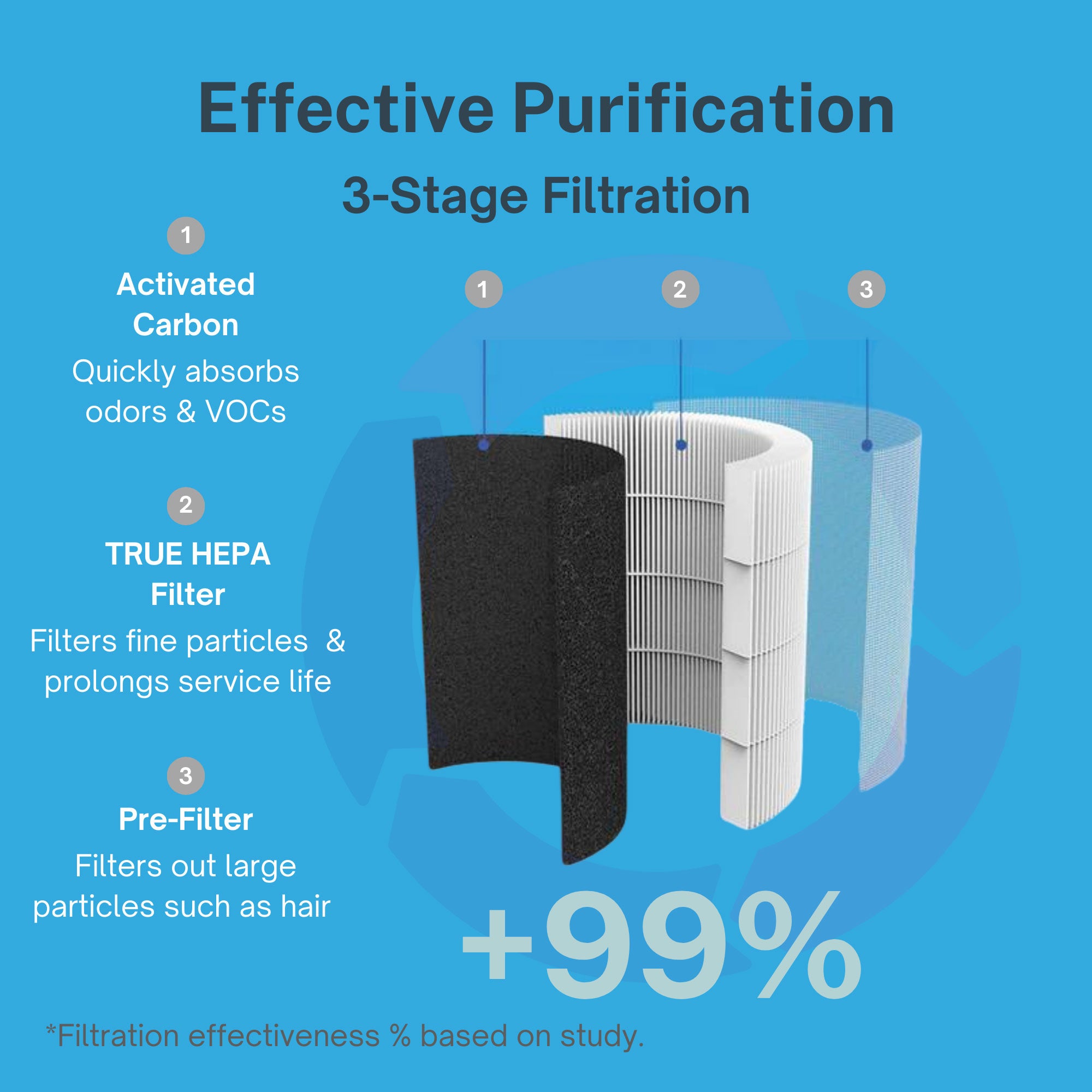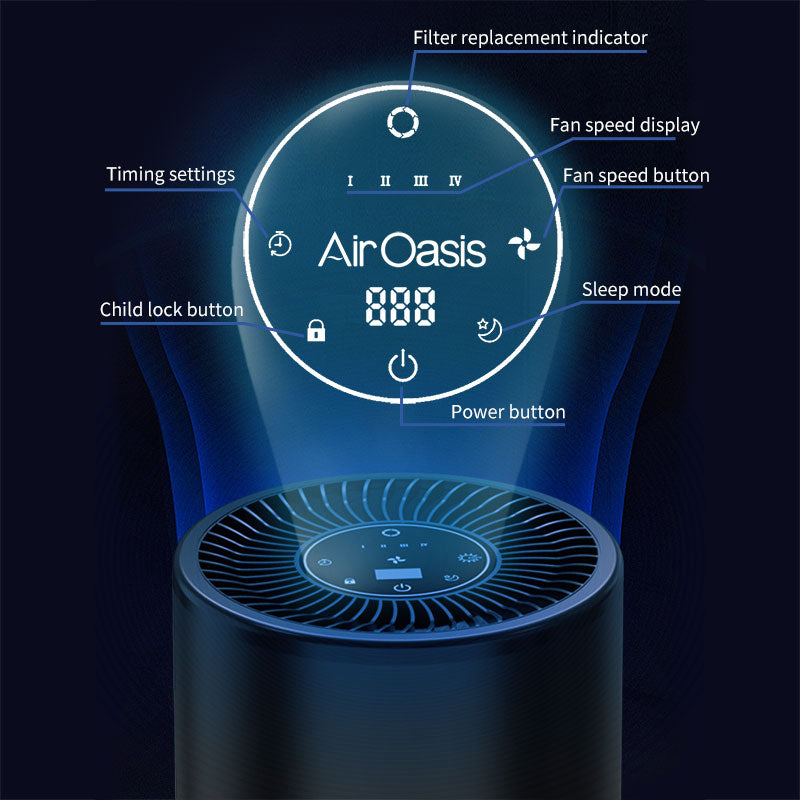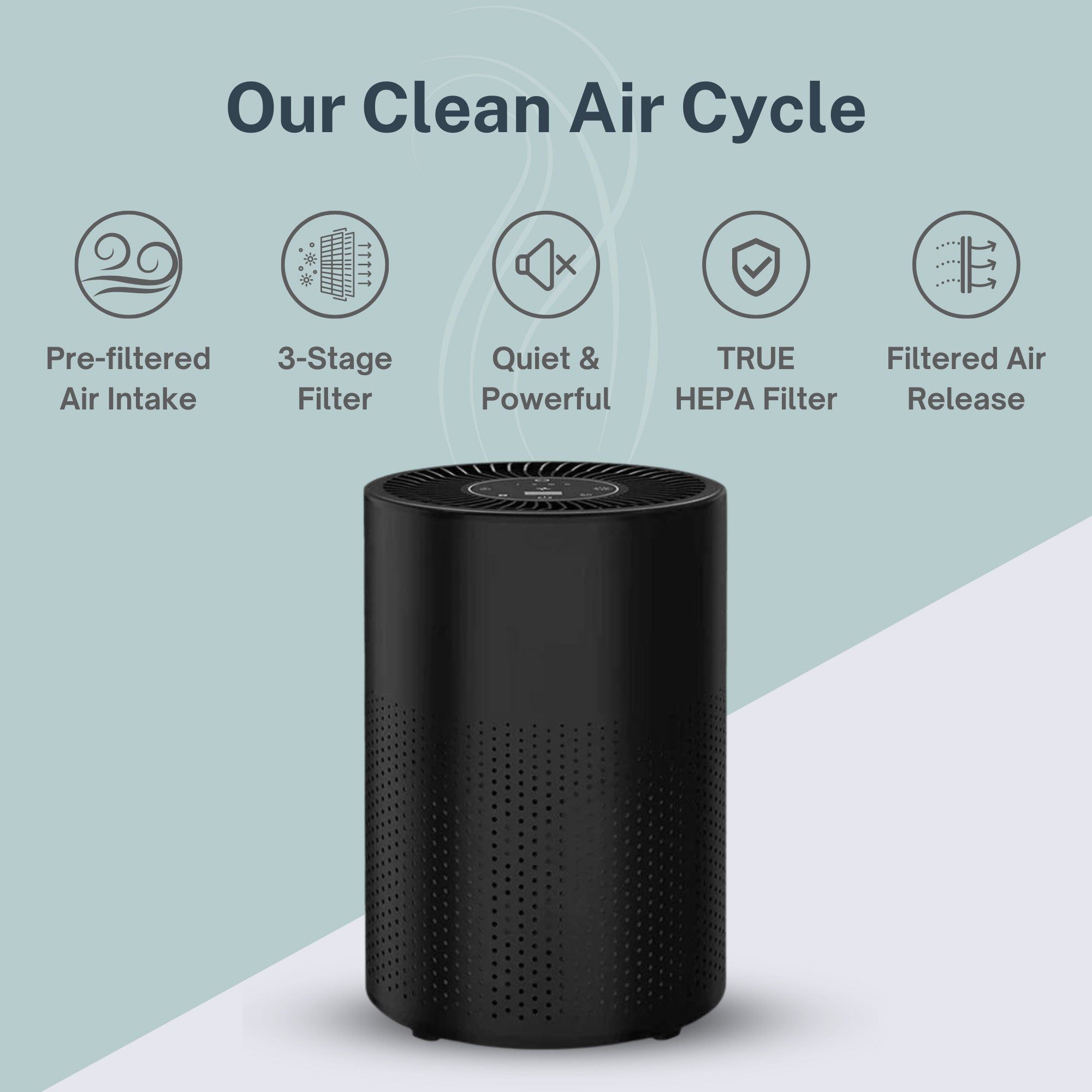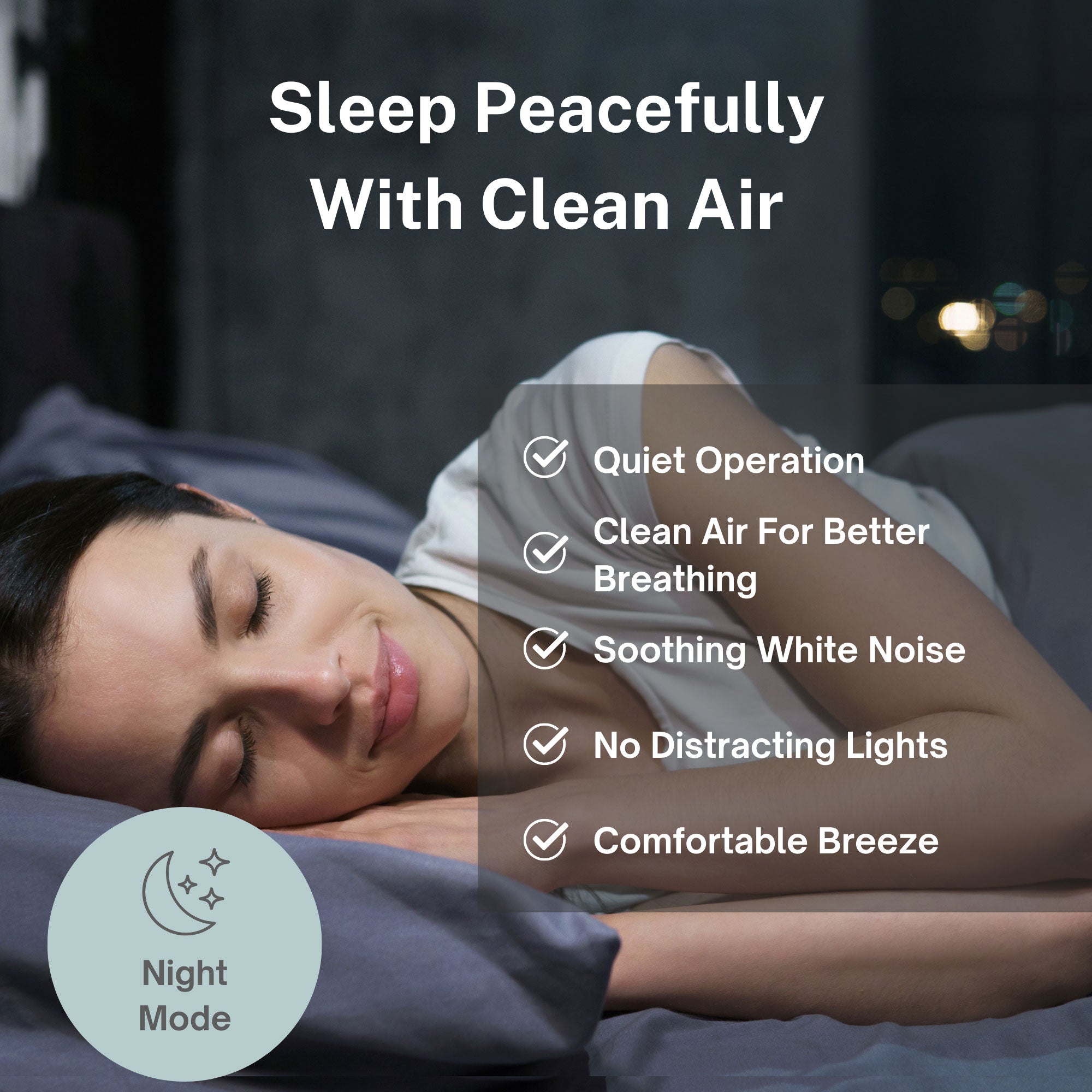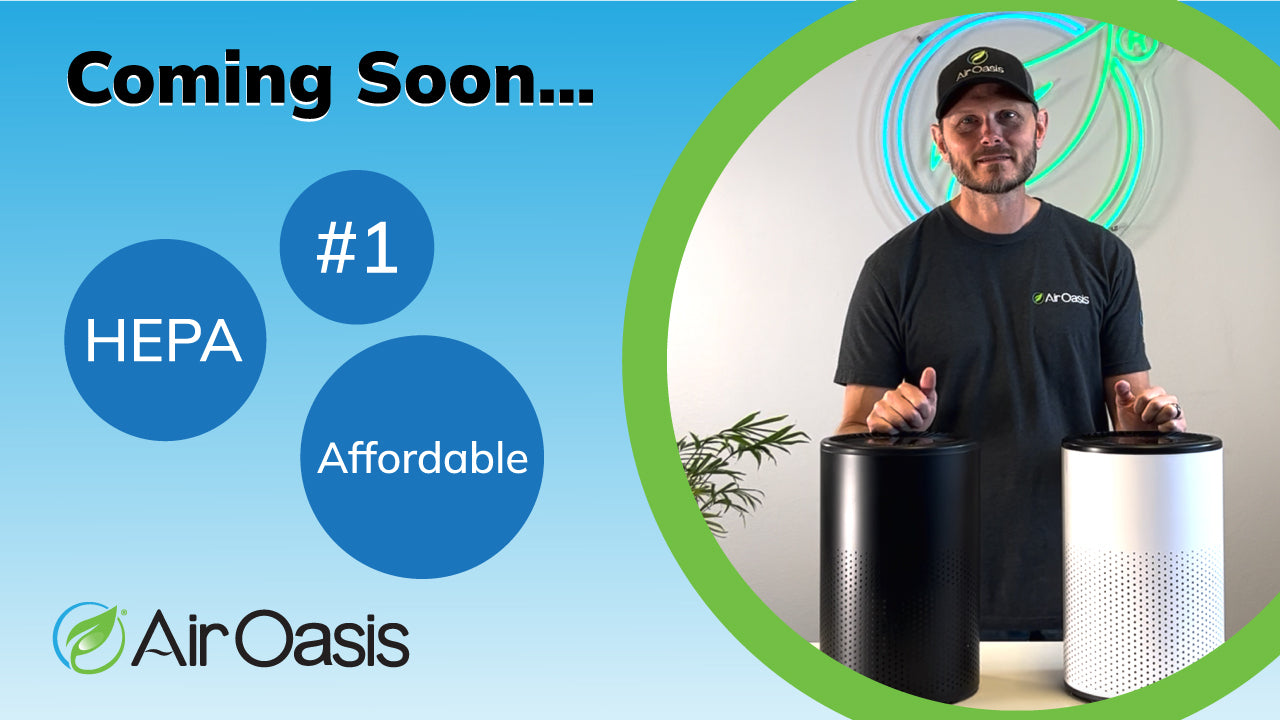Richie Harding's daily reality reads like a pollution nightmare. The 54-year-old North Carolina resident lives within a two-mile radius of a wood pellet facility, a hog farm, and Interstate 95. For years, he's relied on an inhaler to manage asthma symptoms that seem directly connected to his toxic neighborhood environment. His story illustrates a critical gap in how we monitor and protect ourselves from air pollution: official government monitoring systems often miss the hyperlocal pollution that affects our daily health most directly.
North Carolina's recent launch of the AirKeeper Dashboard represents a groundbreaking shift toward community-driven air quality monitoring that provides the granular, real-time data necessary for personal health protection. This technology empowers individuals to understand their immediate air quality environment rather than relying on distant monitoring stations that may miss localized pollution events entirely. For health-conscious individuals committed to optimization, this represents a fundamental change in how we approach environmental health management.
The Alarming Reality of American Air Quality
The numbers surrounding air quality in America paint a disturbing picture that most people dramatically underestimate. According to the American Lung Association's 2025 State of the Air report, 46 percent of the U.S. population—156 million people—are breathing unhealthy air on a regular basis. This isn't occasional exposure during wildfire events or smog alerts; this represents chronic, daily exposure to pollution levels that cause measurable health damage.
The health implications are staggering. The report details that 77.2 million Americans live in counties experiencing unhealthy spikes in particle pollution, while another 85 million face year-round exposure to dangerous particulate levels. These microscopic particles penetrate deep into lung tissue, cross the blood-brain barrier, and trigger systemic inflammation that undermines every aspect of health optimization.
North Carolina faces particular challenges with ground-level ozone and particle pollution, primarily from automobile emissions and coal-burning power plants. Despite these known threats, the state dramatically reduced its emissions inspection program in 2023, cutting coverage from 19 counties to just one. This regulatory rollback occurs precisely when communities need more protection, not less.
The timing couldn't be worse. Federal air quality protections face unprecedented threats, with Congress advancing measures to roll back industrial pollution rules and EPA Administrator Lee Zeldin announcing plans to repeal carbon emissions limits for power plants while weakening mercury standards. These policy changes could significantly worsen pollution levels in communities already struggling with environmental health challenges.
Community Science Fills Critical Monitoring Gaps
North Carolina's official air quality monitoring network consists of approximately 23 stations across 100 counties—a coverage gap that leaves millions of residents without accurate, localized air quality information. Andrew Whelan, CleanAIRE NC's communications manager, explains the fundamental problem: "If you're checking your air quality on the federal AirNow website, but the monitor feeding that data is in a different county, it's not really giving you useful information."
This monitoring gap has profound implications for health-conscious individuals trying to make informed decisions about outdoor activities, exercise timing, and protective measures. Traditional monitoring systems provide regional averages that miss the hyperlocal pollution events that most directly affect daily health. A monitor 50 miles away cannot detect the pollution spike from your neighborhood's industrial facility or the traffic pattern that creates concentrated emissions during your morning run.
The AirKeeper Dashboard from CleanAIRE NC addresses this gap through community-deployed PurpleAir sensors that provide real-time, neighborhood-level pollution data. These low-cost monitors, operated by trained "citizen scientists" like Richie Harding, create a dense network of hyperlocal monitoring that reveals pollution patterns invisible to traditional systems.
While PurpleAir sensors require correction algorithms to match the precision of regulatory-grade monitors, they provide invaluable geographic coverage and community ownership of environmental health information. As Whelan notes, "These are high-quality and reliable air monitors" that serve as "a necessary complement to regulatory networks, particularly in underserved or vulnerable areas."
The Health Optimization Connection
For individuals committed to peak performance and wellness optimization, air quality represents one of the most underestimated factors affecting daily health outcomes. Poor air quality directly impacts cognitive function, sleep quality, immune response, cardiovascular health, and inflammatory status—all key pillars of optimization that careful nutrition and exercise routines attempt to enhance.
Research published in Environmental Health Perspectives demonstrates that even moderate air pollution exposure reduces working memory, impairs decision-making, and disrupts circadian rhythms. The inflammatory burden from breathing polluted air can negate weeks of careful dietary anti-inflammatory efforts in a matter of hours.
Real-time air quality monitoring enables optimization strategies that were previously impossible. Instead of guessing whether outdoor exercise is safe based on regional air quality indices, you can access hyperlocal data that reveals the exact pollution levels in your specific neighborhood at your intended workout time. This granular information allows for truly personalized environmental health management.
The AirKeeper Dashboard goes beyond simple pollution readings by providing geographic and community context that reveals pollution sources, tracks historical trends, and identifies sensitive locations like schools or healthcare facilities in areas with poor air quality. This comprehensive approach enables health-conscious individuals to make informed decisions about home location, daily routines, and protective measures based on actual environmental conditions rather than assumptions.
Technology Limitations and Personal Protection Strategies
While community air quality monitoring represents a significant advancement in environmental health awareness, technological limitations mean that personal protection strategies remain essential. PurpleAir sensors provide valuable trend data and relative pollution levels, but they cannot capture all pollutants or provide the precision needed for regulatory compliance.
More importantly, even perfect air quality monitoring only provides information—it doesn't provide protection. Knowing that your neighborhood has unhealthy air quality doesn't improve the air you're breathing inside your home unless you take active steps to create clean indoor environments.
This reality reinforces the critical importance of comprehensive indoor air purification systems that operate independently of external conditions. The Air Oasis iAdaptAir technology provides continuous protection against outdoor pollution infiltration, ensuring that your home remains a clean-air sanctuary regardless of neighborhood air quality conditions.
Advanced air purification becomes particularly crucial in areas like Richie Harding's neighborhood, where multiple pollution sources create complex exposure scenarios that no monitoring system can fully predict. While community monitoring helps identify problem areas and timing, personal protection systems provide the actual health benefits that optimization-focused individuals require.
The Future of Environmental Health Empowerment
The AirKeeper Dashboard represents a broader movement toward community-driven environmental health monitoring that could transform how we understand and protect ourselves from pollution exposure. As more communities deploy hyperlocal monitoring networks, we'll develop unprecedented insight into pollution patterns, health impacts, and effective protection strategies.
This democratization of environmental health information has profound implications for personal health optimization. Future applications could include pollution-based activity scheduling, exposure-minimized route planning, and targeted protective measures based on specific local conditions. The granular data provided by community monitoring networks could enable personalized environmental health strategies that were previously impossible.
However, the technology's greatest value may lie in its ability to reveal environmental health disparities and advocate for systemic change. Communities like Northampton County, where residents live surrounded by pollution sources, can now document their exposure patterns and build evidence-based cases for environmental justice and regulatory improvements.
Building Comprehensive Air Quality Protection
The emergence of community air quality monitoring technology offers hope for better environmental health awareness, but it also highlights the urgent need for personal protection strategies that don't depend on external conditions or regulatory systems. Real-time pollution data is valuable only when combined with effective methods for creating clean breathing environments.
Your health optimization journey cannot wait for perfect monitoring systems or improved regulations. The inflammatory burden from daily pollution exposure affects your cognitive performance, sleep quality, immune function, and long-term wellness outcomes regardless of whether you're aware of the specific pollution levels in your area.
Comprehensive indoor air purification provides immediate, measurable benefits that complement community monitoring efforts while protecting your health regardless of external environmental conditions. This dual approach—environmental awareness combined with personal protection—represents the most effective strategy for maintaining optimal health in an increasingly polluted world.
Taking Control of Your Air Quality Future
North Carolina's AirKeeper Dashboard demonstrates that communities can take control of environmental health monitoring when government systems fall short. This community empowerment model offers hope for better air quality awareness and advocacy, but it also emphasizes the critical importance of personal protection strategies that provide actual health benefits rather than just information.
The lesson for health-conscious individuals is clear: environmental health protection requires both awareness and action. Monitoring systems tell you what you're breathing, but only comprehensive air purification systems ensure that what you're breathing supports your optimization goals rather than undermining them.
Don't wait for perfect community monitoring or improved regulations to protect your health. Take control of your indoor air quality today with proven technology that creates consistently clean breathing environments regardless of neighborhood pollution levels. Shop Air Oasis today and ensure that your health optimization efforts aren't derailed by environmental factors beyond your control.





